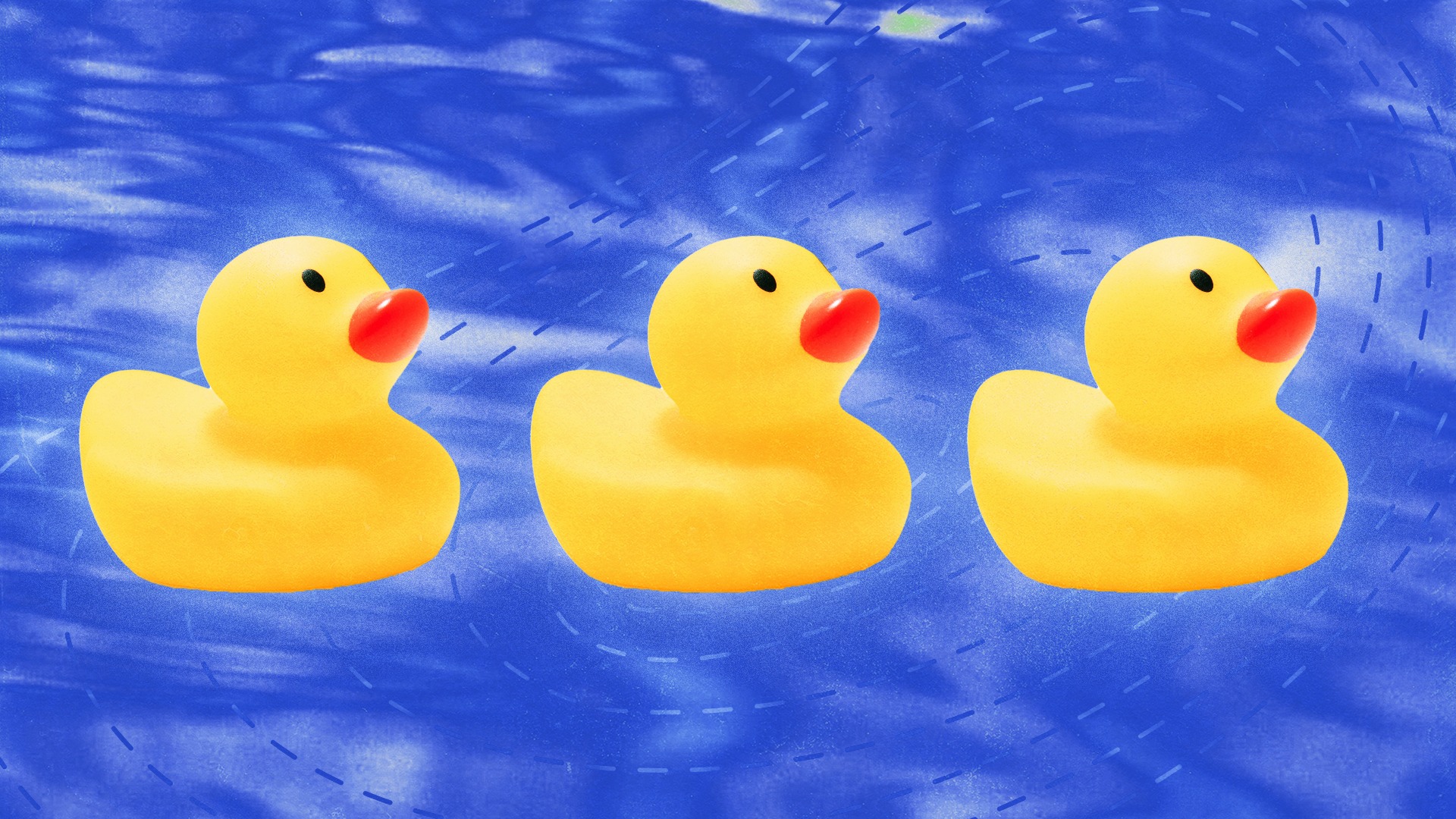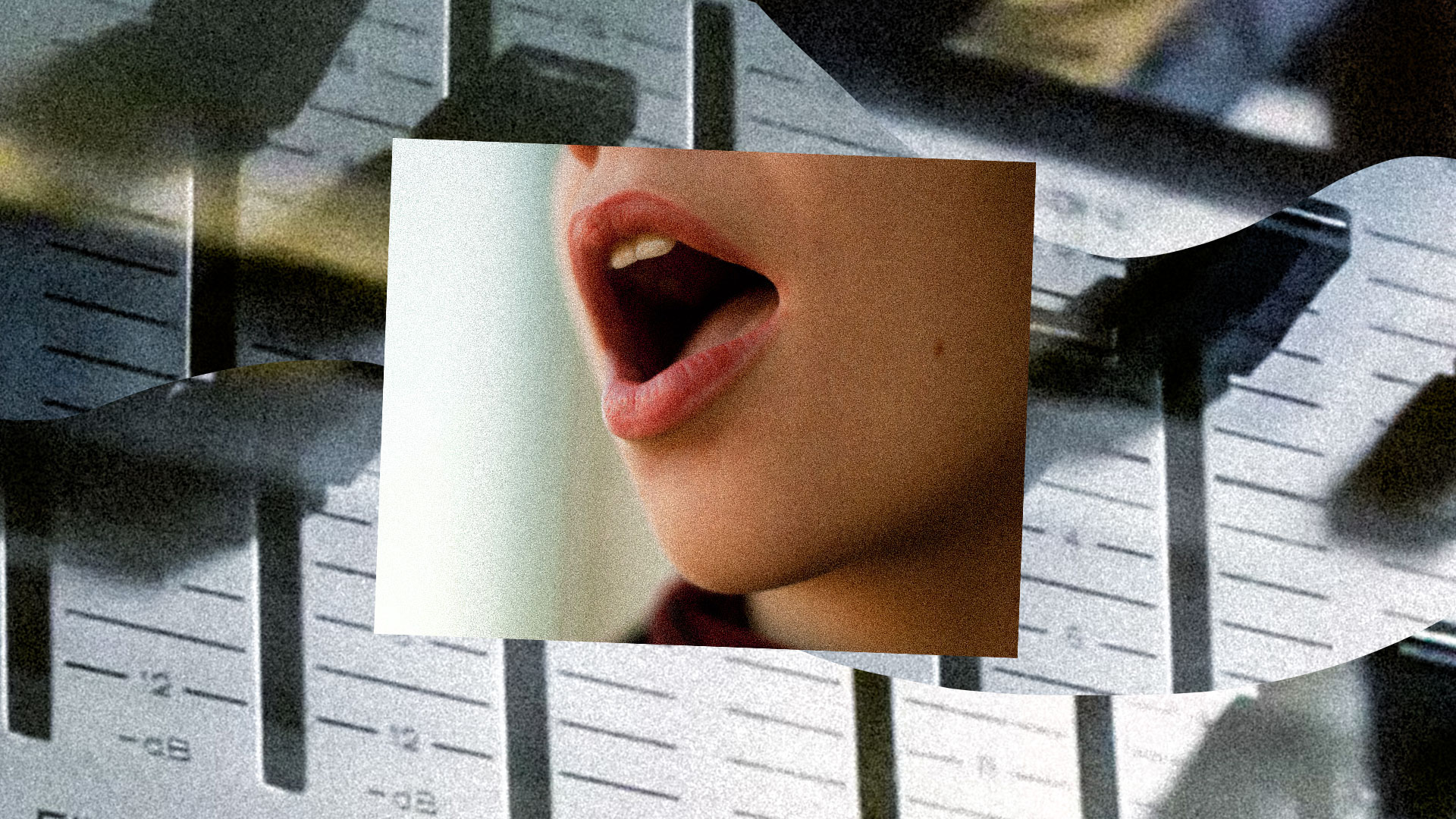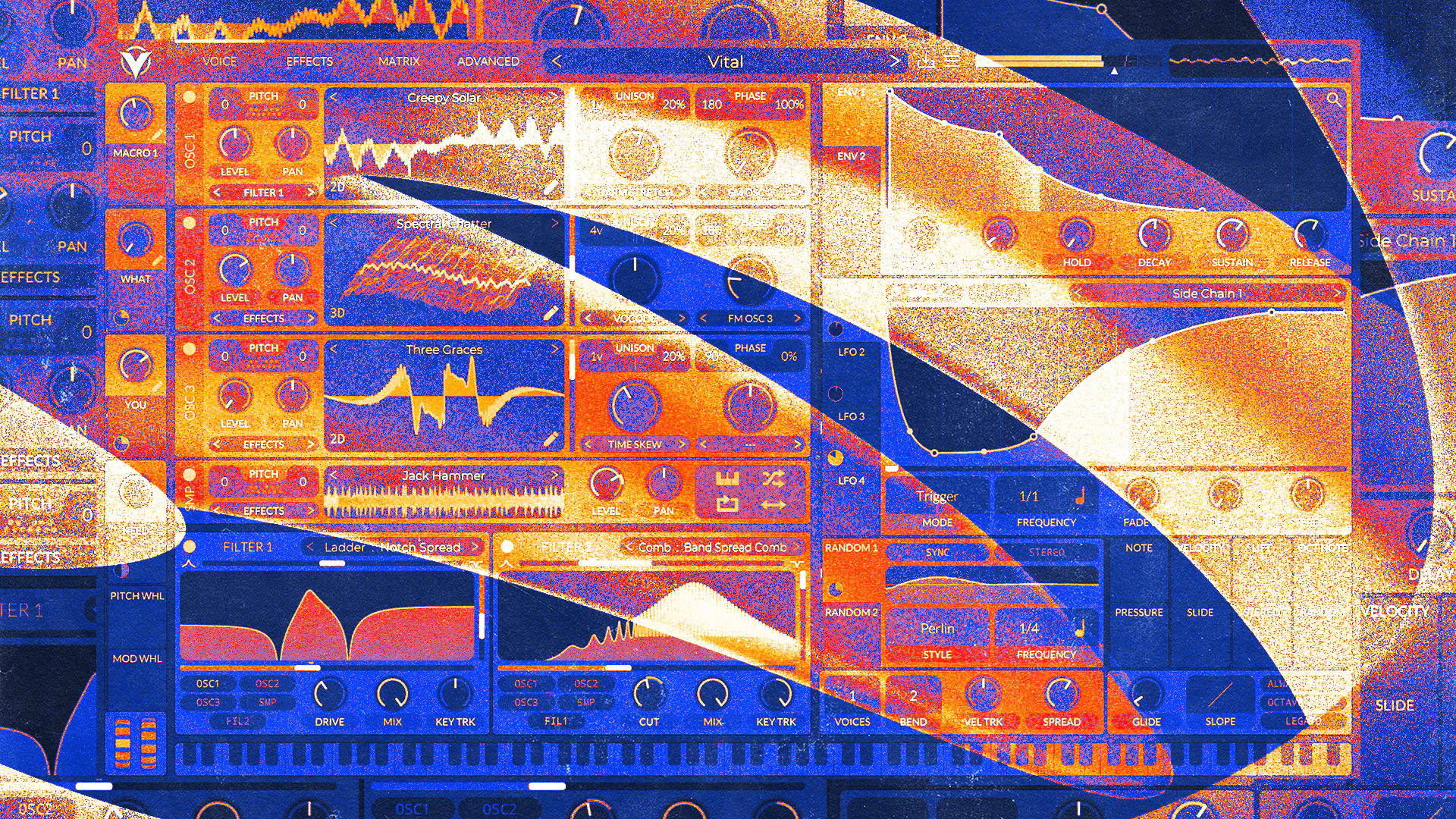
What is Ducking in Music Production? Sidechain Effects Explained

Ducking is a common effects technique in modern electronic music production.
Also known as sidechaining, the term is used to refer to a unique type of dynamics processing.
But if you don’t know how the ducking effect works it might be confusing at first.
In this article I’ll explain the term, break down how it works and show you how to use it in your own DAW sessions.
Let’s get started.
Gear guides, tips, tutorials, inspiration and more—delivered weekly.
Keep up with the LANDR Blog.
What is ducking in music production?
Ducking most often refers to the practice of using a compressor’s sidechain input to make it react to a different signal than the main track it is inserted on.
The ducking effect is created by using a percussive source such as a bass drum in the sidechain of a compressor inserted on a sustaining sound.
When the bass drum hits, the compressor attenuates the level of the main signal according to the behavior set by the threshold, ratio, attack and release controls.
The bass drum’s rhythmic pattern causes the gain reduction function to pulse in and out in time with the music.
This creates a satisfying sense of motion for static sounds and pulls them out of the way for the rhythmic parts to hit with extra intensity.
Get more mix tips
Tips and tricks for a better mix
What is a sidechain?
To understand ducking, you’ll need to grasp the basic concept of a sidechain input.
Typically found on dynamics processors like compressors and gates, sidechains give you the option to change the qualities of the signal the processor is “listening to.”
This allows you to alter the processor’s behavior without changing the basic character of the main signal.
Sidechain inputs were developed because sound sources with excessive low end caused a problem for dialing in compressors.
Low end sound energy needs greater intensity than higher frequencies to be heard at the same volume.
As a result, the strong low end present in these instruments can make it hard to set a compressor’s ratio control.
By decreasing the amount of low end in the sidechain, the threshold can be set so that the gain reduction function works on the most important parts of the signal, rather than just the low end.
This is why many sidechain functions include just a high-pass filter rather than a full set of inputs and outputs.
However, EQ isn’t the only thing you can do with a sidechain.
Clever engineers soon realized the sidechain input could create other unique effects, which lead to the development of ducking.
How to create ducking in your DAW
With the basics out of the way, I’ll break down the steps to create a simple ducking effect in your DAW.
- Insert a compressor plugin on the track you want to create the ducking effect
- Create an aux send on the track containing the rhythmic material and increase the send level to 0 dB
- Open the compressor plugin and change it’s sidechain input to the aux send you just created
- Set the threshold so that the rhythmic signal activates the gain reduction
- Use the ratio, attack and release controls to set the behavior of the ducking effect
And that’s it! In 5 steps you’ve just created the basic sidechain compression ducking effect that’s common in electronic music production.
If you need a step by step video guide, here’s a quick tutorial so you can follow along.

Sidechain compression explained.
Ducking delay
Another context where you might see the term ducking is related to a specific type of delay effect.
Ducking delay works by adding a dynamics processor to the delay repeats only.
In this case, it’s a compressor with the dry signal connected to its sidechain.
This allows the delay repeats to get quieter when you play but provide trailing ambience when you stop.
Many delay plugins have a dedicated ducking mode, but you can create a simple ducking delay using the same general procedure I outlined above.
Here are the steps.
- Create an aux return track and insert a delay plugin of your choice
- Set the delay’s mix control to 100% so the aux return channel contains only delay repeats
- Add a compressor directly after the delay plugin
- Create an aux send on the source track and route it to the delay aux return channel
- Select this aux send as the compressor’s side chain input as well
- Tailor the compressor settings to achieve the desired amount of ducking
Trance gate

The trance gate technique explained in Ableton Live.
Finally, one last way to rhythmic create ducking involves a different type of dynamics processor—a gate.
You can think of a gate or expander as the opposite of a compressor.
Instead of reducing the gain when the signal crosses the threshold, it keeps the signal muted until it reaches a certain level.
Gates are traditionally used to minimize the effect of noise by opening up only while the musician is actively playing.
But gates can be equipped with sidechain inputs just like compressors.
When set up in the same way as the traditional ducking method you can create rhythmic gating effects.
The result is a harder edged rhythmic tremolo that lends itself well to more complex patterns.
Try using a full drum loop or aux percussion pattern to trigger the gate’s sidechain.
Ducking and sidechaining
Ducking is an important technique in many genres of electronic music.
Even if you don’t rely on it regularly, learning how to set it up can help you understand dynamics processors in general.
Luckily, if you follow the steps above you won’t have any trouble setting up ducking compression in your own music.
Gear guides, tips, tutorials, inspiration and more—delivered weekly.
Keep up with the LANDR Blog.










